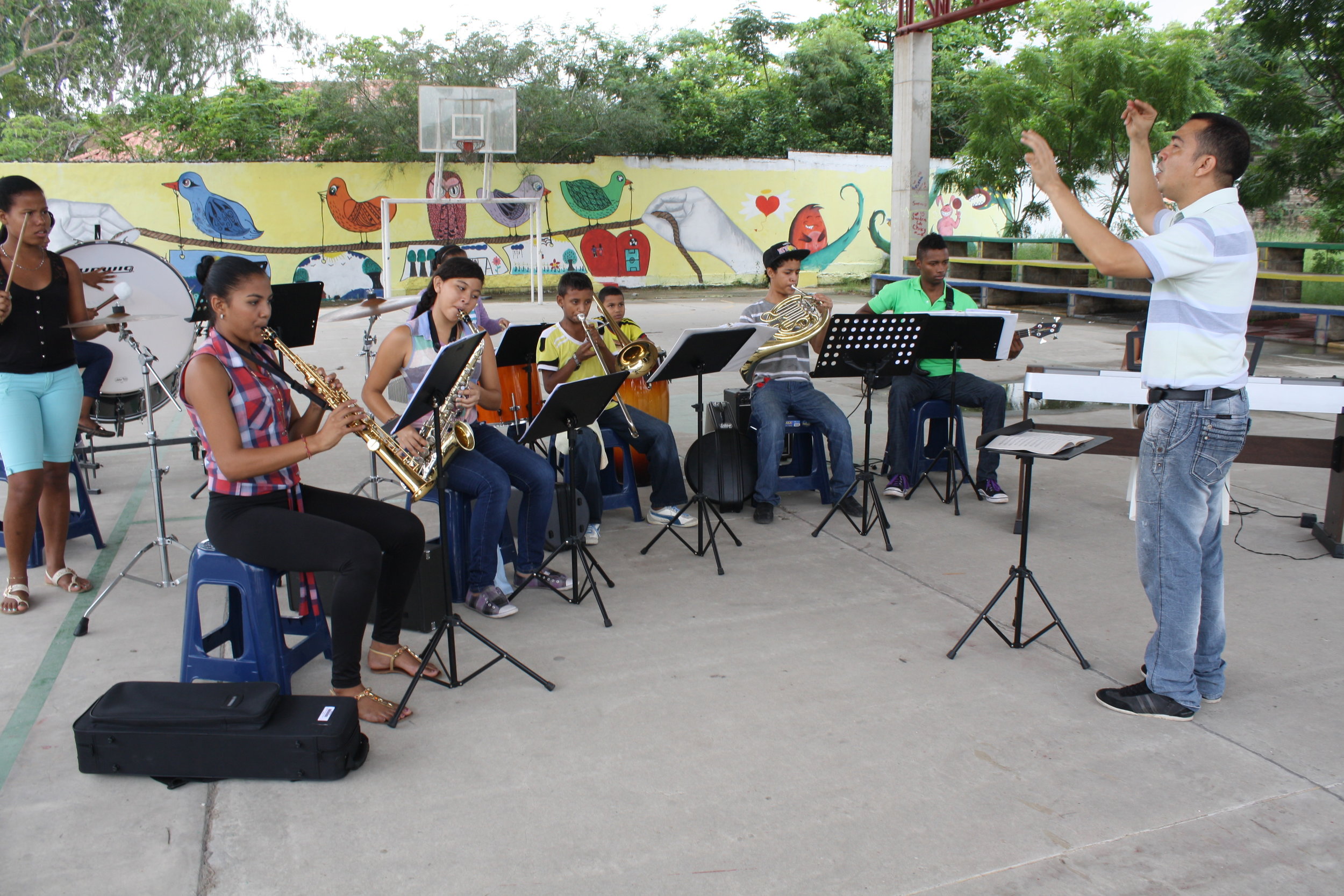Welcome to our Resources page.
Here we offer reading material that explains the learning theory and results behind the El Sistema-inspired music education programs.
We also provide links to websites and other materials which might be helpful if you're planning a program of your own, such as videos, books, and blog posts.
Did we miss something? Please send your questions and suggestions.
Learning Theory Resources
El Sistema’s approach is entirely different form classroom teaching. Learning orchestral music is more difficult, more challenging in many ways, than learning reading or math. But it’s a group effort. Teachers and students work together to achieve something. Kids don’t fail; there are no D’s and F’s. Together they set out to master a composition, and when they have done so, they get to perform it for others.
Stanford’s Shirley Brice Heath wrote: “As declining effectiveness of U.S. education for children living in poverty became more widely recognized…. Many felt that ensemble music could uniquely promote high learning demands for children and adolescents living in under-resourced communities [otherwise] unlikely to provide such learning for local children during after-school hours. With the spread of El Sistema-inspired programs, both during and after school in the United States, neuroscientists increased their attention to how ensemble music participation advances learning.”
For more about learning theory and the value of music education in schools and communities, you can read the talk given by Dick Roberts, president of the Coyote Foundation, which is a supporter of these El Sistema programs, at a Kansas City event organized by Children International. See below under "A Virtuous Partnership".
Realizing the Potential of Learning in Middle Adolescence
Realizing the Potential of Learning in Middle Adolescence, by Robert Halpern, Ph.D. Erikson Institute Paul E. Heckman, Ph.D. University of California Davis Reed W. Larson, Ph.D. University of Illinois
Adolescence is a time of enormous potential for learning. This idea might or might not seem obvious, but what is surely true is that Americans are skeptical, and neglectful, of it. Our culture all too rarely creates the affordances – settings, relationships, roles – that would help young people realize their learning potential. The aim of this paper is to provide the empirical foundation for doing so. The authors highlight what research shows about the design and conditions for good learning experiences during the high school years, providing ten principles for the design of learning during this critical life period.
To read the entire paper, please click link here: Realizing the Potential of Learning in Middle Adolescence
Resources for Teaching Artists
Below are links for teaching artists to learn more about our El Sistema programs & Music Education.
















